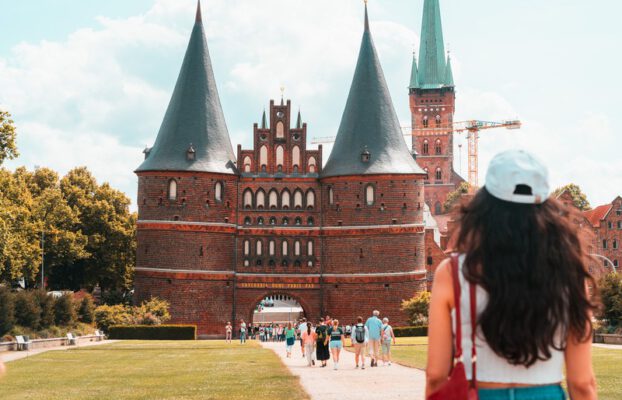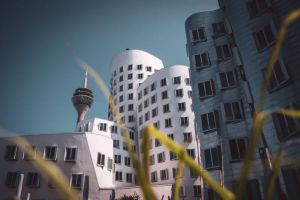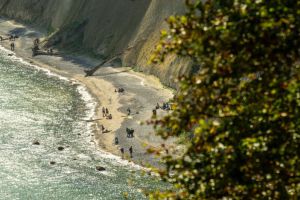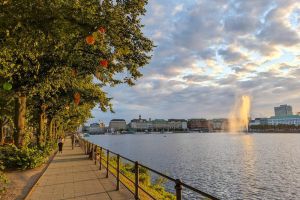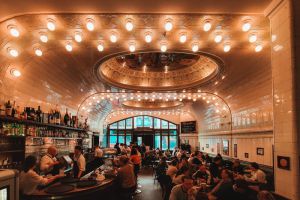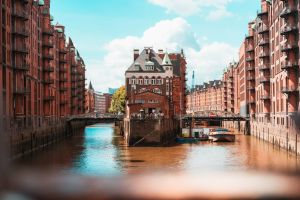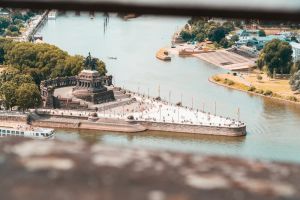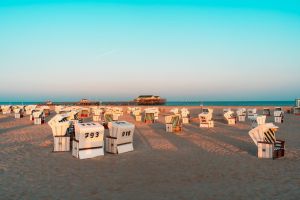LĂĽbeck is known for its insanely beautiful old town with its many historic gabled houses, where you feel like you’ve been transported back to the time of the Hanseatic League in the 12th century. In fact, LĂĽbeck was once the first Baltic city to play a major role in shaping this era. This is precisely why the entire old town is a UNESCO World Heritage Site and makes LĂĽbeck one of the German cities that everyone should visit at least once.
In this article, you will get lots of tips on the best LĂĽbeck sights and also hidden gems that you can discover on a day trip to LĂĽbeck.
Lübeck – the mother of the Hanseatic League – is just the right size to explore all the important sights in just one day. And you can easily do this on foot.
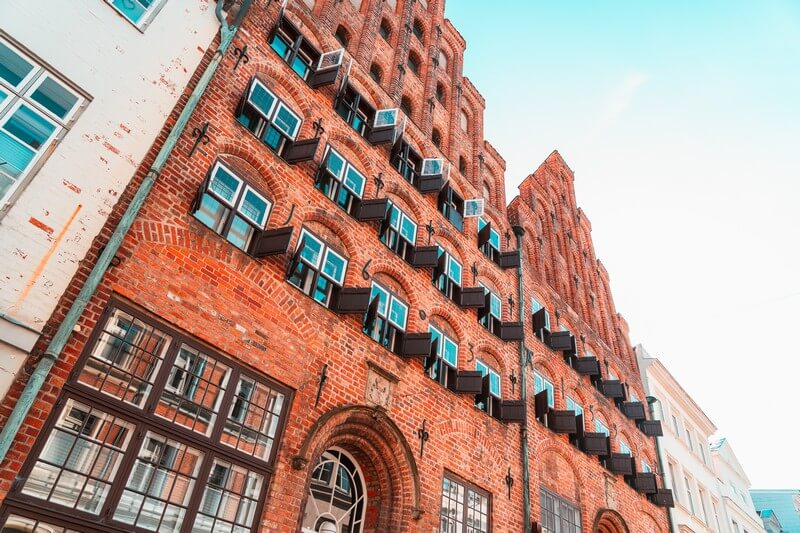
You start your sightseeing tour at Lübeck Central Station and work your way from there through all the highlights of Lübeck’s old town, which is bordered by the River Trave.
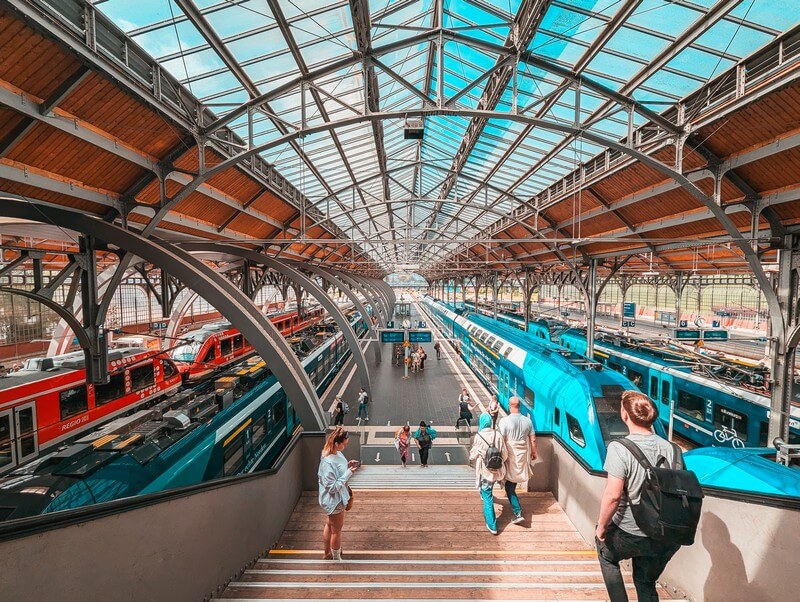
On the map below, I have drawn a walking route for you that takes you past all of the LĂĽbeck sights mentioned in the article and also contains as few overlaps as possible:
But if you would rather take part in a guided tour, where a guide will also give you interesting background information, then you have a few great options here:
- Entertaining guided tour to the highlights of the old town (1.5 hours)
- Lübeck to ride – Sightseeing tour by bike (2 hours)
- Entertaining tour through hidden courtyards (1.5 hours)
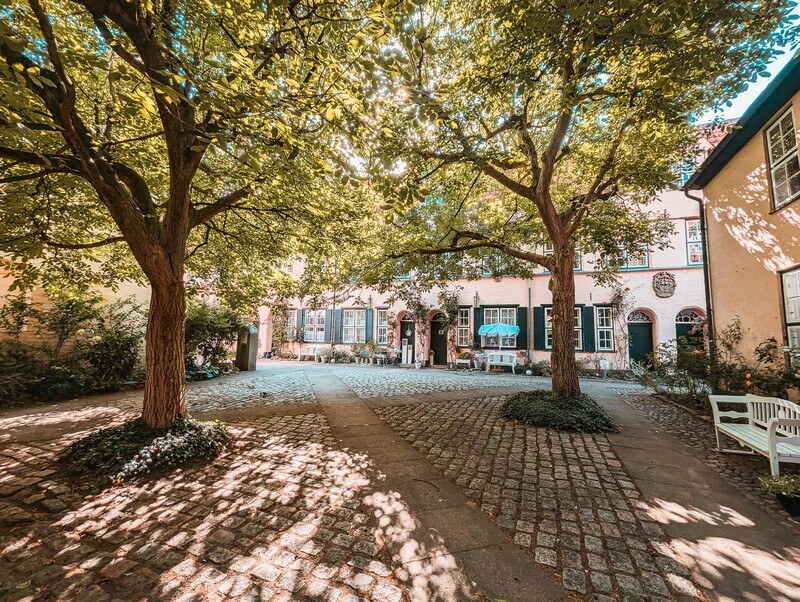
But enough of the introduction. Now let’s get started with the best Lübeck sights.
1. Holstentor
The Holsten Gate (Holstentor) is the first sight to see on your day trip to LĂĽbeck as you walk from the main railway station towards the Old Town. It is the landmark of the city and was built in the 15th century.
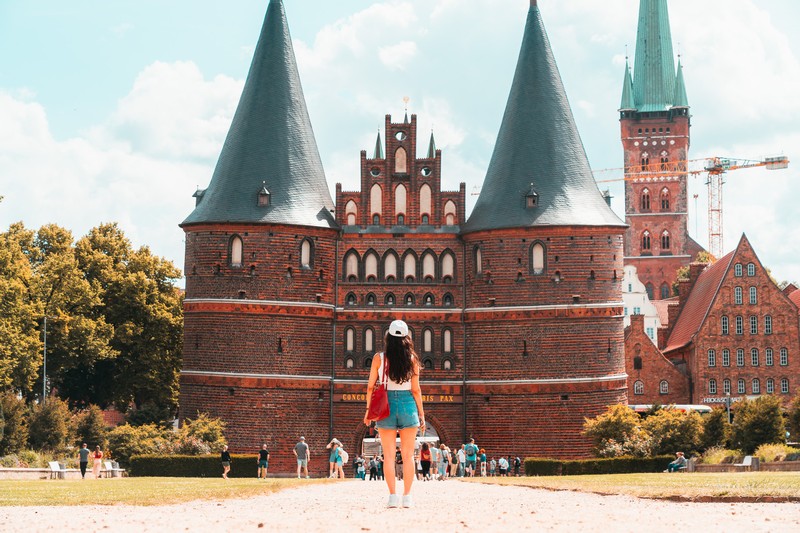
This is the city gate that once bordered Lübeck to the west. Today, there is also a museum inside, where you can learn all about the Holsten Gate. You can also visit the exhibition “The Power of Trade”.
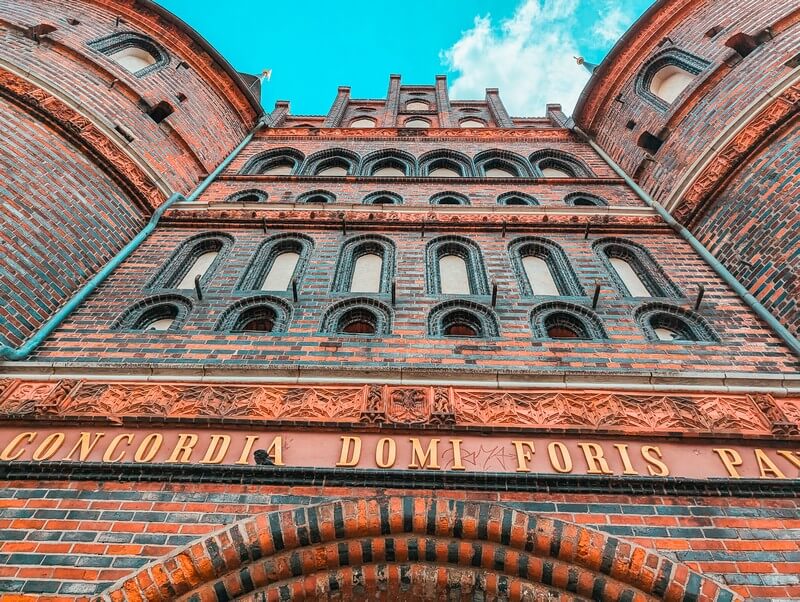
2. Salzspeicher
Just a few minutes’ walk from the Holsten Gate are the picturesque salt warehouses (“Salzspeicher”), a series of brick Renaissance-style warehouses built here between 1579 and 1745.
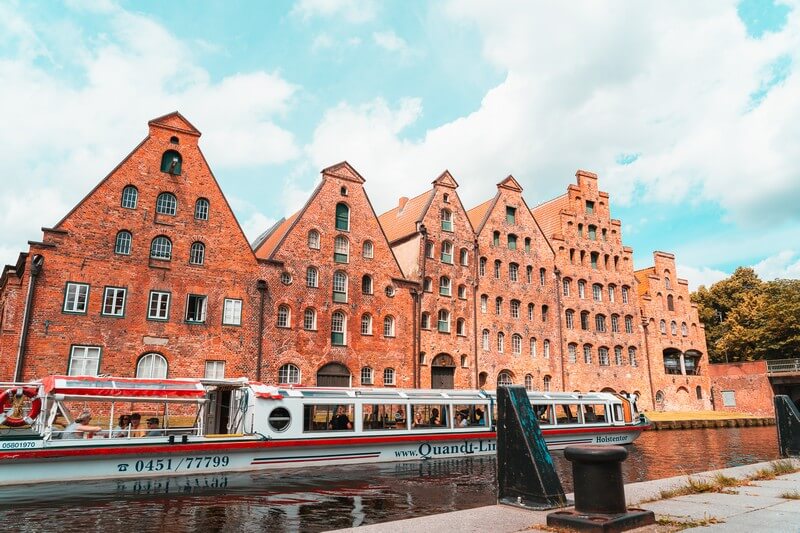
You have the best photo view from the opposite bank of the Trave, where the boats of the Quandt Line also depart.
Fun fact: The salt warehouses were once the location for the classic 1922 film “Nosferatu” by Friedrich Wilhelm Murnau.
3. Boat trip along the Trave
The Trave runs like a kind of moat around Lübeck’s Old Town. During your visit, you will often walk along the banks of the Trave. You can also take a boat tour with a selected provider from this list:
- 1-hour Splash Bus city tour (a tour that starts in a bus, which then suddenly turns into a boat)
- Quandt line (60 minutes with all the classics)
- Round trips with a barge
- Cityschiffahrt H.Gabriel
- Boat now: Take a boat along the Trave yourself (you don’t need a boat licence for this).
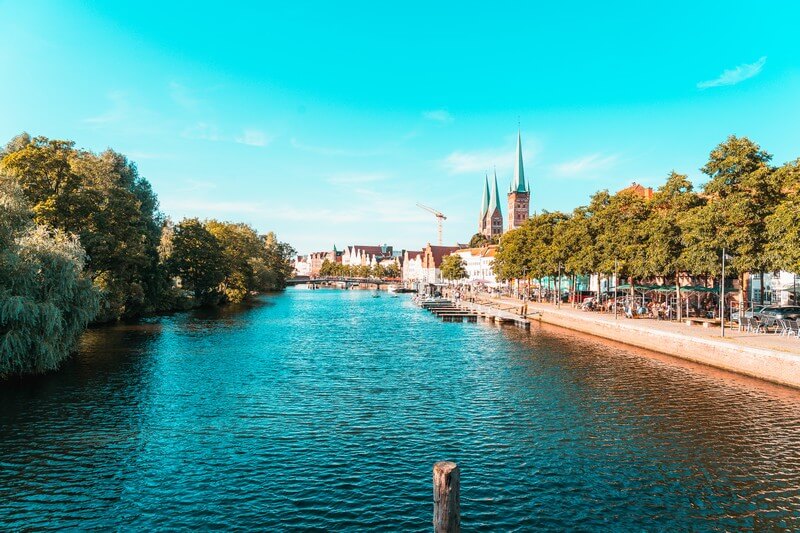
4. Town hall
The first time I walked onto the town hall square in LĂĽbeck, I was immediately fascinated by the spectacular appearance of the town hall building. It is one of the largest medieval town halls in Germany and its construction began back in 1230, which took many decades and so the town hall continued to change over the course of time. This is also one reason why you can recognise so many different styles here today and why the town hall looks so spectacular.
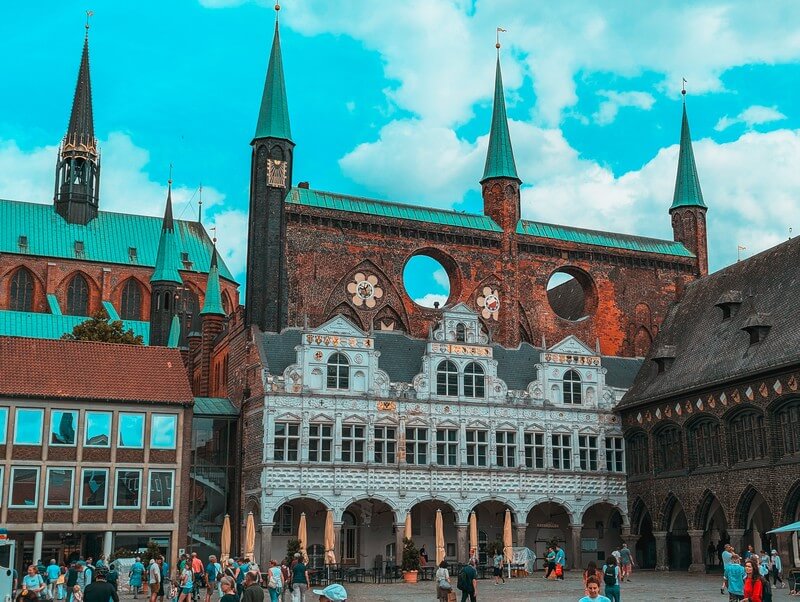
5. Café Niederegger
Right next to the town hall you will find what is probably Lübeck’s most famous café – the Café Niederegger. In this marzipan paradise, you can buy marzipan in all shapes and colours – even marzipan ice cream directly at the ice cream stand next to the entrance.
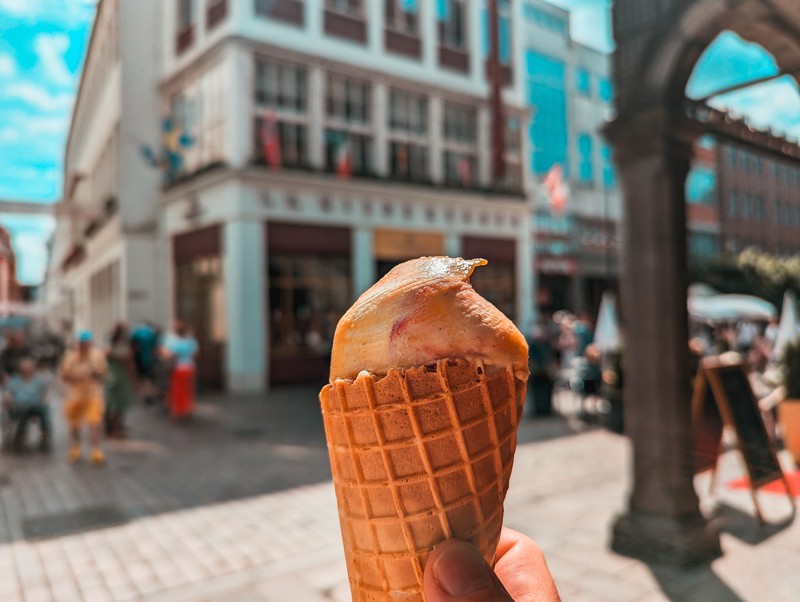
Café Niederegger has been recognised as one of the best and most beautiful cafés in Germany, so it’s well worth coming here for breakfast, brunch or simply to enjoy one of the delicious cakes or tarts with a coffee.
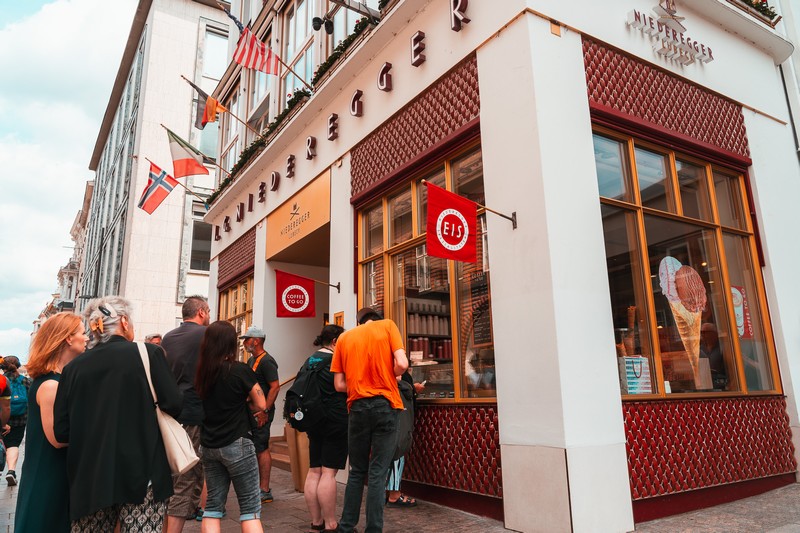
There is even a marzipan museum inside where you can learn all about the history of the popular almond paste.
6. St Mary’s Church with little devil
Only around 2 minutes’ walk from the town hall is the over 800-year-old St. Marien-Kirche. It is considered a major work of church architecture in the Baltic Sea region and is the highest brick vaulted church in the world. It is well worth a visit.
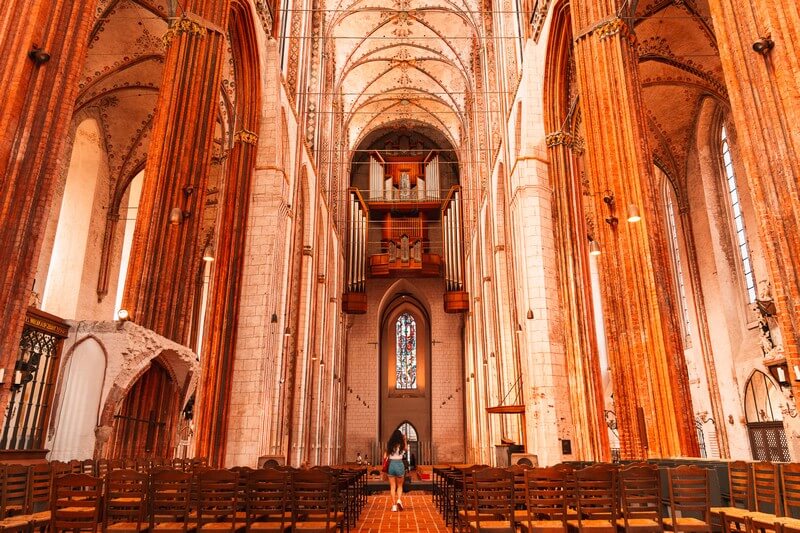
Inside, you can marvel at various interesting artefacts and works of art, such as an old baptismal font or an astronomical clock. The entrance fee is €4.
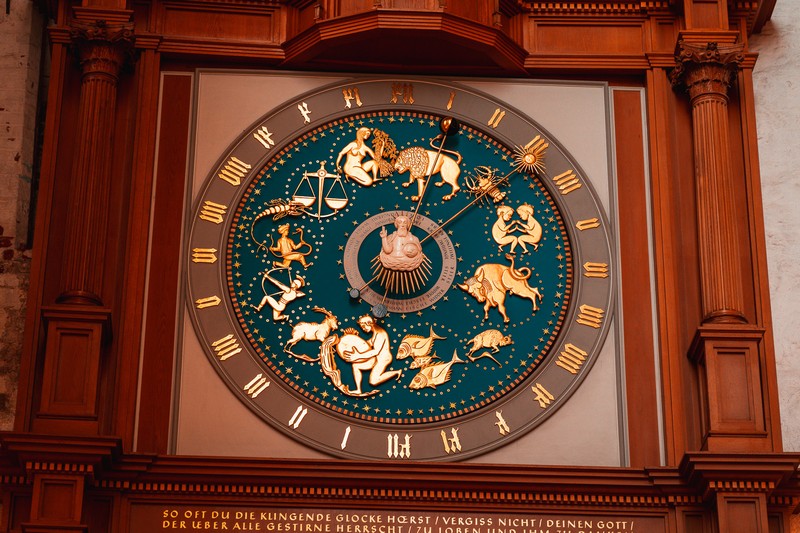
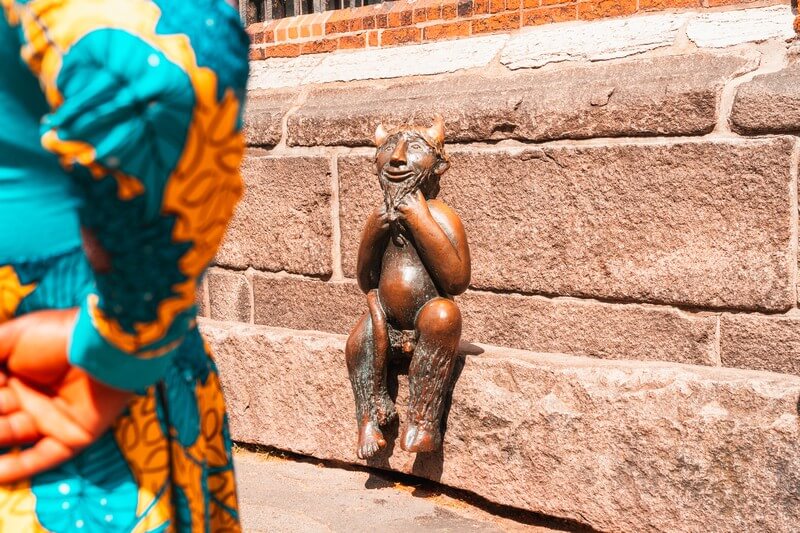
7. Buddenbrookhaus
The Buddenbrookhaus, opposite St Mary’s Church, is best known for the writer Thomas Mann and his brother Heinrich. It was the literary model for Thomas Mann’s novel “Buddenbrooks”, published in 1901. This is set in a house in Mengestraße in Lübeck, which bears a strong resemblance to this house.
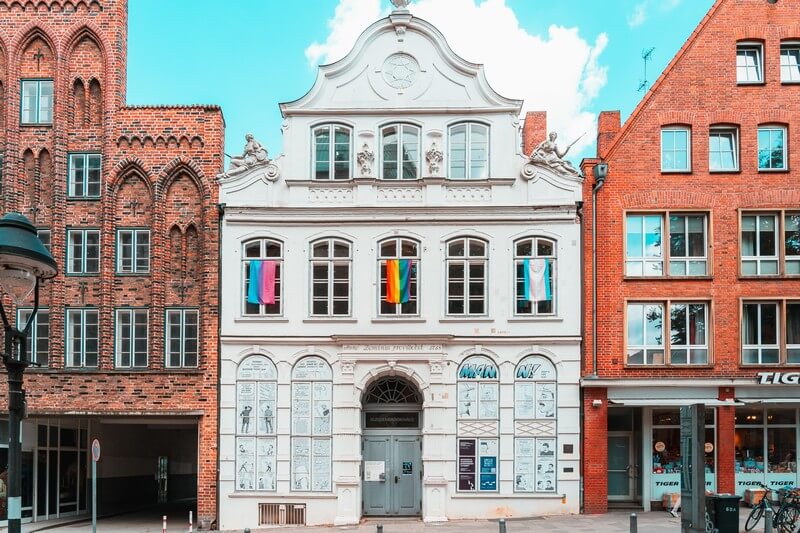
Today, the house is home to a museum with 2 permanent exhibitions about the novel “Buddenbrooks” and the “Mann family of writers”. However, it is closed until 2028 due to renovation work.
8. Museum Harbour Lübeck (“Museumshafen”)
The Museum Harbour Lübeck is located on the north-western edge of Lübeck’s old town. There you can marvel at numerous traditional sailing ships and historic watercraft, all moored on the banks of the Wenditz.
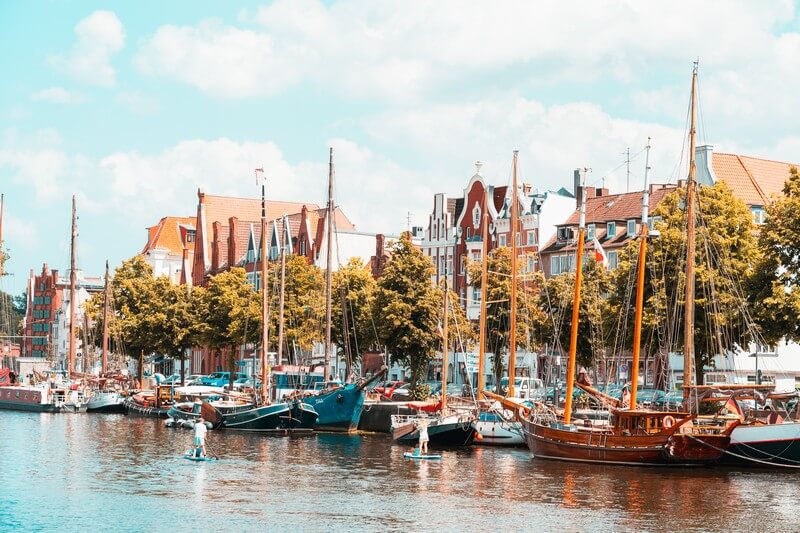
9. European Hansemuseum
As LĂĽbeck was the first Hanseatic city in the world, it makes sense that LĂĽbeck is also the city with the best museum for the history of the Hanseatic League. There you will learn what the Hanseatic League actually is and how it has developed over the course of time.
In addition to this permanent exhibition, there are also diverse, temporary special exhibitions and the historical monument of the Maria Magdalenen Monastery (Burgkloster) to visit. Admission for everything is €17. However, individual tickets are also available if you only want to visit individual exhibitions.
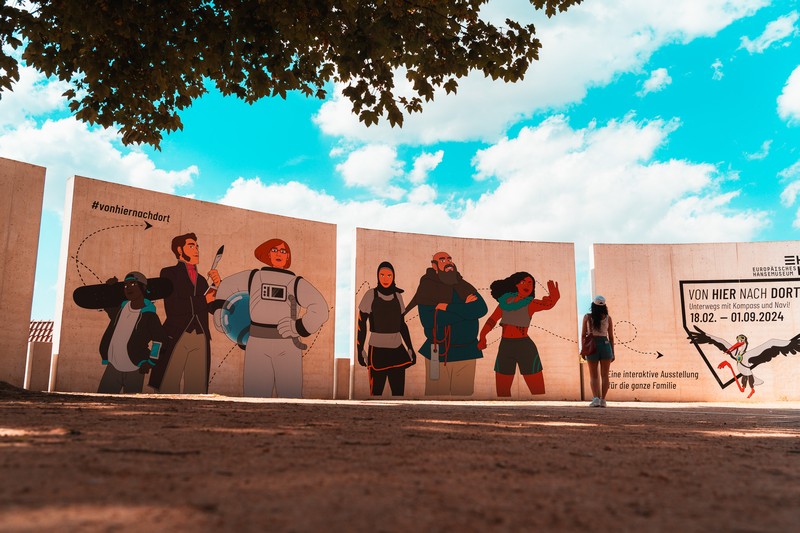
10. Castle gate and tax collector’s house (“Zöllnerhaus”)
This Renaissance brick building stands right next to the castle gate in the very north of the old town. It was added to the castle gate in the 16th century. As the name suggests, this was once the seat of Lübeck’s customs office.
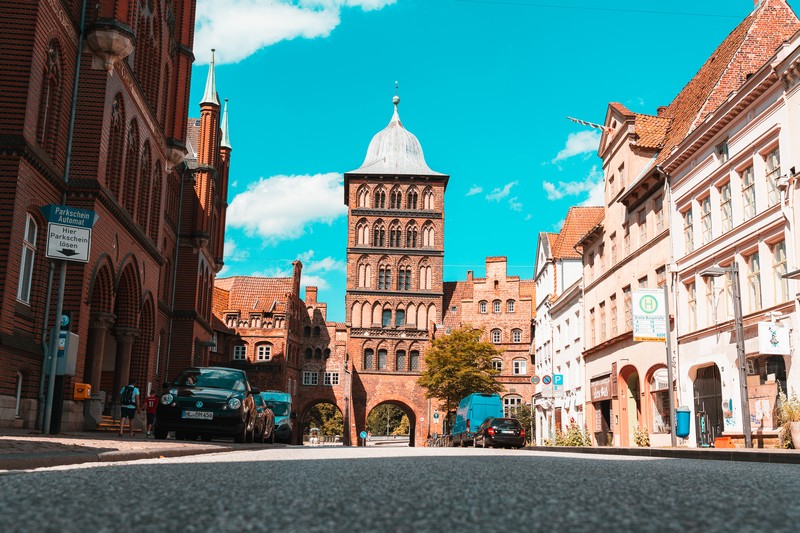
11. Crane Convent (“Kranen-Konvent”)
The Kranen-Konvent is one of the oldest brick gabled houses in Lübeck. It was built as early as 1260 and later altered several times. It has housed a social counselling centre since 1976, but before that it was also an old people’s home, a home for the infirm, a poorhouse and accommodation for a religious community.
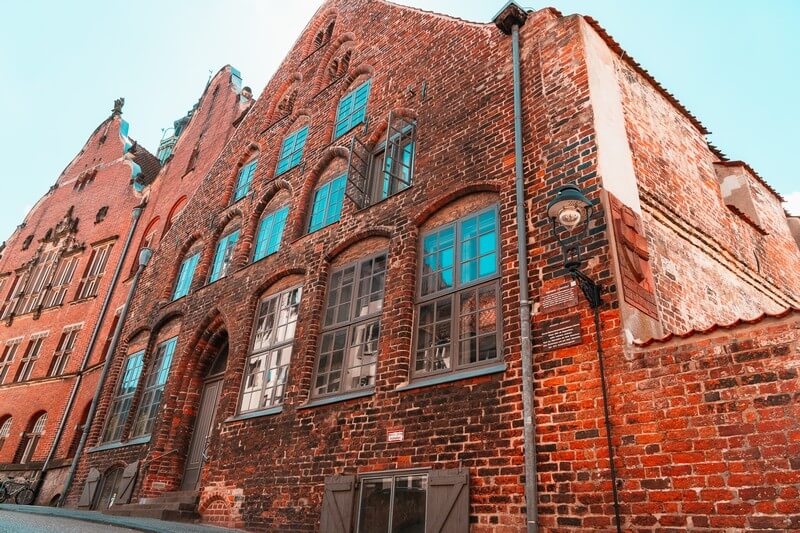
12. “Schiffergesellschaft”
The “Schiffergesellschaft” is one of those historic brick houses that make Lübeck what it is. The Schiffergesellschaft was once a seamen’s association in which every skipper in the Hanseatic city had to be a member. Today, the building houses a restaurant that has been maintained in the spirit of this long tradition. The entire interior with its many model boats and old paintings creates a historic atmosphere.
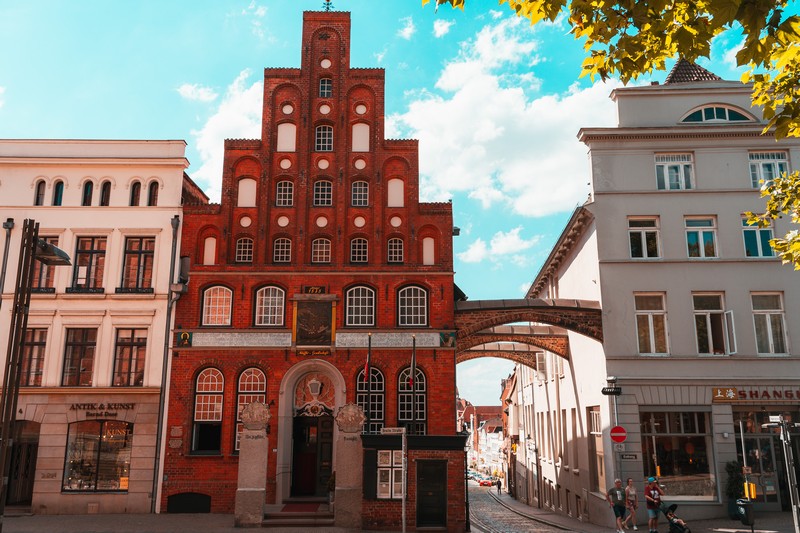
13. Heiligen-Geist-Hospital
The Heiligen-Geist-Hospital (which means hospital of the holy spirit) is one of the oldest hospitals in Europe. It was built back in 1286 by wealthy merchants and councillors and was intended to be a refuge for those in need.
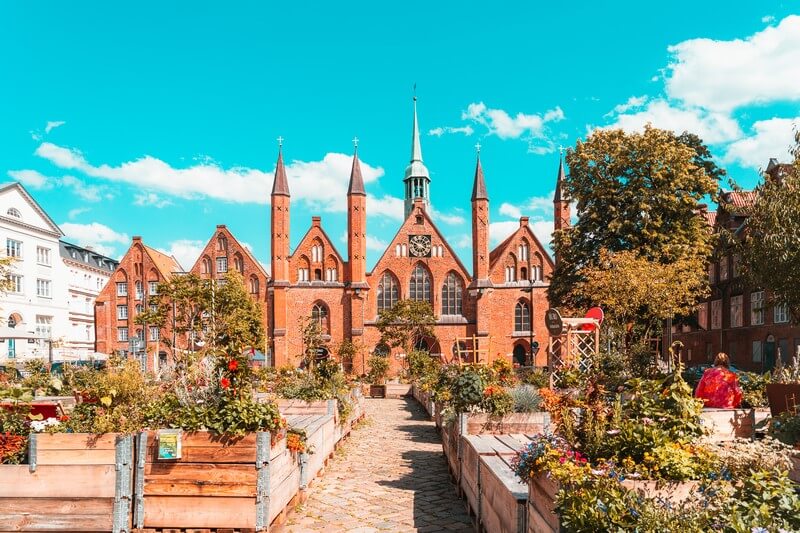
From Tuesday to Sunday, you can also visit the inside of the hospital free of charge. You can also see one of the tiny living quarters where people lived until the 1970s. At Christmas time, a well-known arts and crafts market is also held inside.
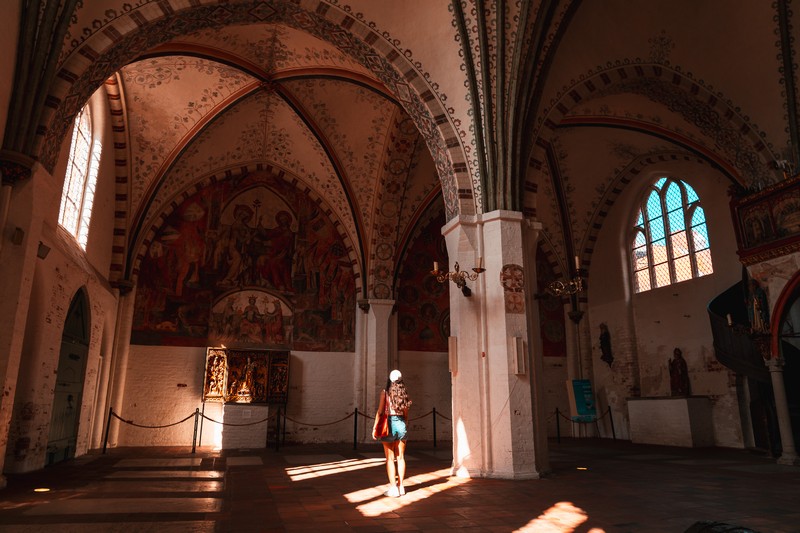
14. The many corridors and backyards of LĂĽbeck
There are always small entrances to alleyways in the many side streets of Lübeck’s Old Town, above which there are signs with numbers on them. These are usually open to the public and often conceal idyllic courtyards with plenty of charm, where you might even bump into one or two locals who live here.
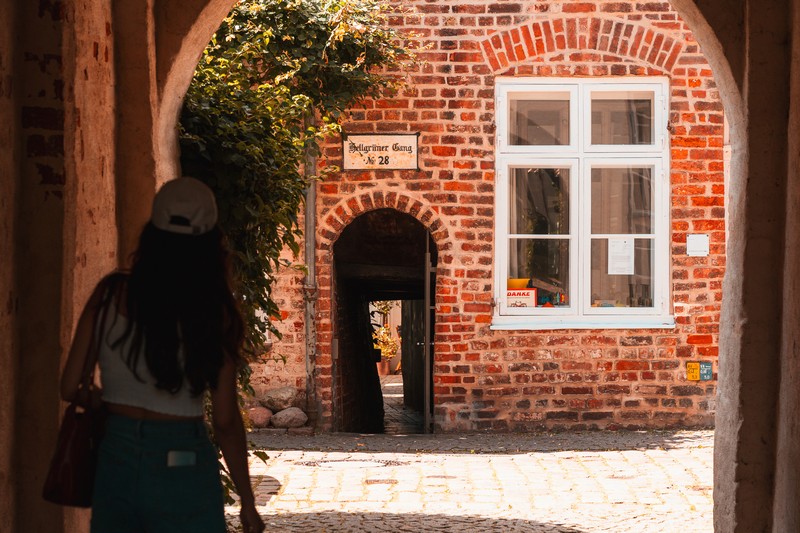
Like a labyrinth, these alleyways wind their way through Lübeck. Of the 180 that once existed, around 90 still exist today. You won’t get through them all in one day. But in my opinion, these are the coolest:
- Kettner’s walk (“Kettners Gang”)
- Green corridor (“Grüner Gang”)
- Rose aisle (“Rosengang”)
- FĂĽchtingshof
- Glandorps Hof
- Haasenhof
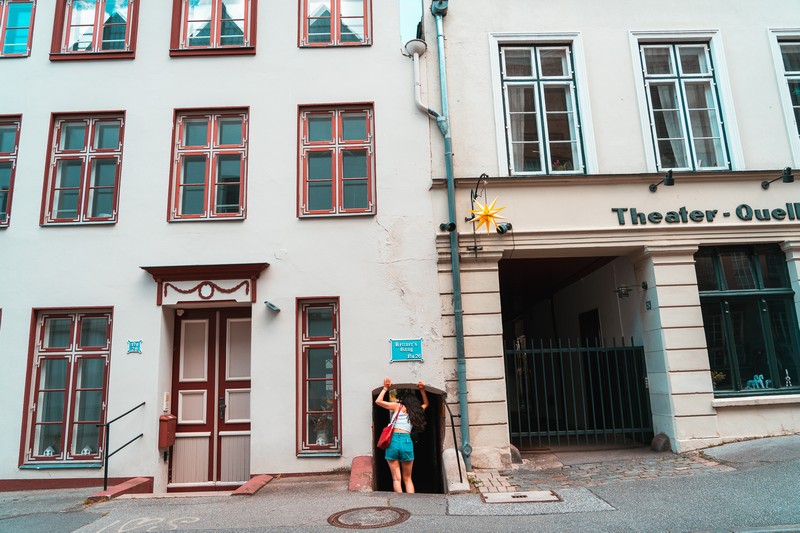
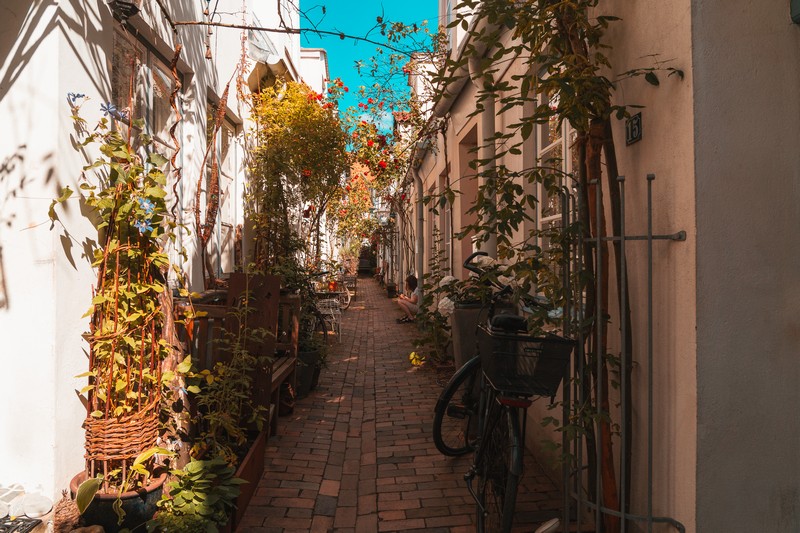
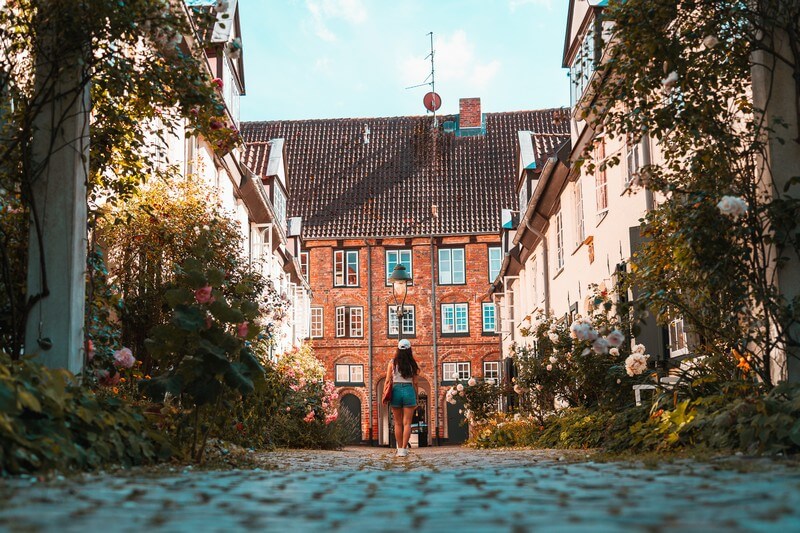
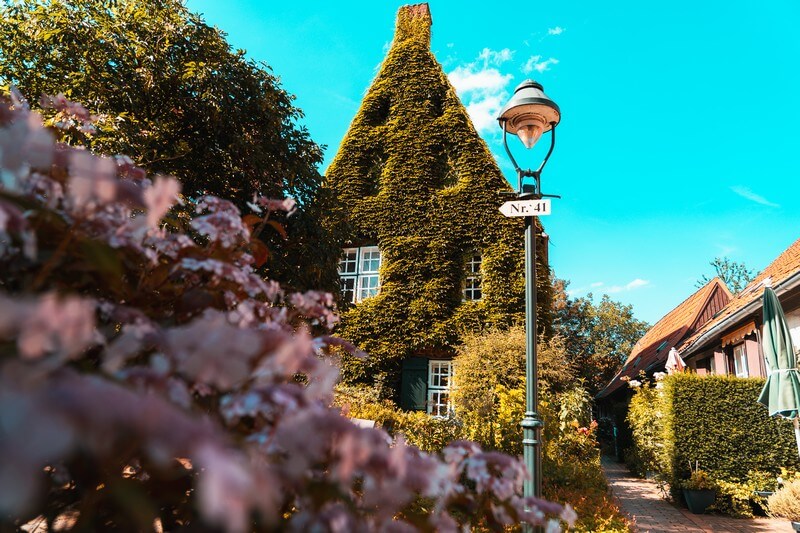
15. GĂĽnter Grass House
The GĂĽnter Grass House is dedicated to the Nobel Prize winner GĂĽnter Grass. Anyone who recognises the name Blechtrommel should visit this museum. There you can discover all kinds of drawings, sculptures and graphics by GĂĽnter Grass.
The future will only be possible if we learn to do without things that could be done because we don’t need them.
GĂĽnter Grass
16. Half-tower
This historic building is somewhat hidden in the south-east of the old town. To be more precise, it is a historic building that stands in a historic building. Before you start scratching your head and wondering what that means: there was a tower here in the 13th century that was part of the town fortifications. In 1870, someone came up with the idea of building a half-timbered house into this tower.
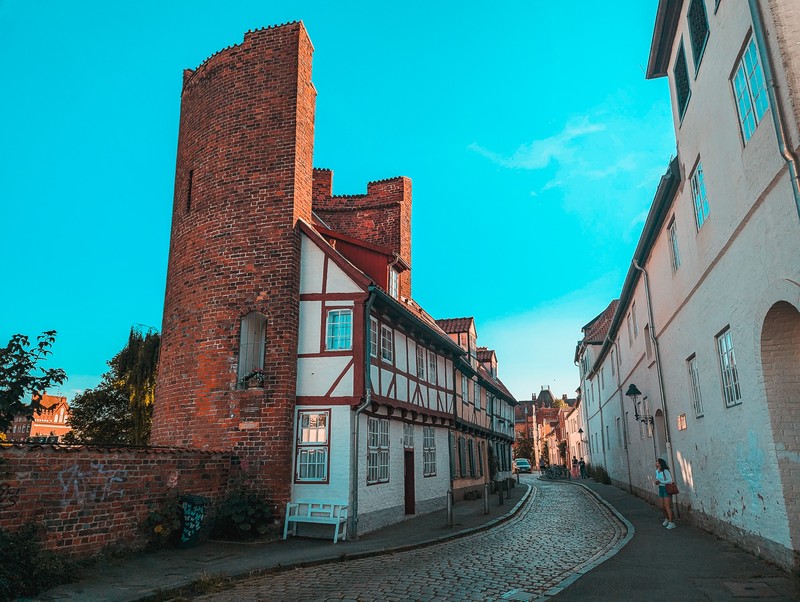
17. LĂĽbeck Cathedral
LĂĽbeck Cathedral is the first large brick church building on the Baltic Sea. Its two towers characterise the panorama of LĂĽbeck and you can recognise it from afar. Henry the Lion laid the foundation stone for the construction of the cathedral at the end of the 12th century.
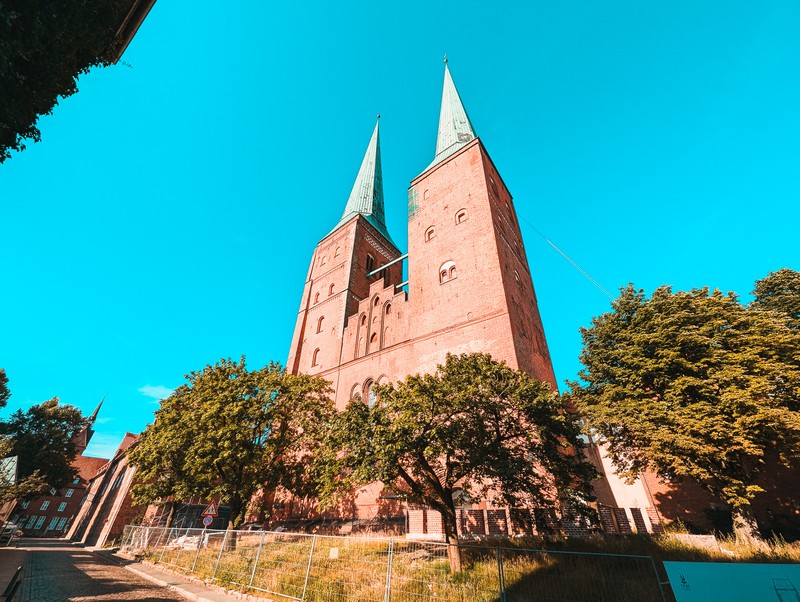
18. St Peter’s Church (“St.Petri-Kirche”)
A visit to St. Peter’s Church is particularly worthwhile because of the 50 metre-high viewing platform on its tower. From there, you have a fantastic view over the entire Old Town and the rooftops of Lübeck. The tower is open all year round and costs €5 to enter.
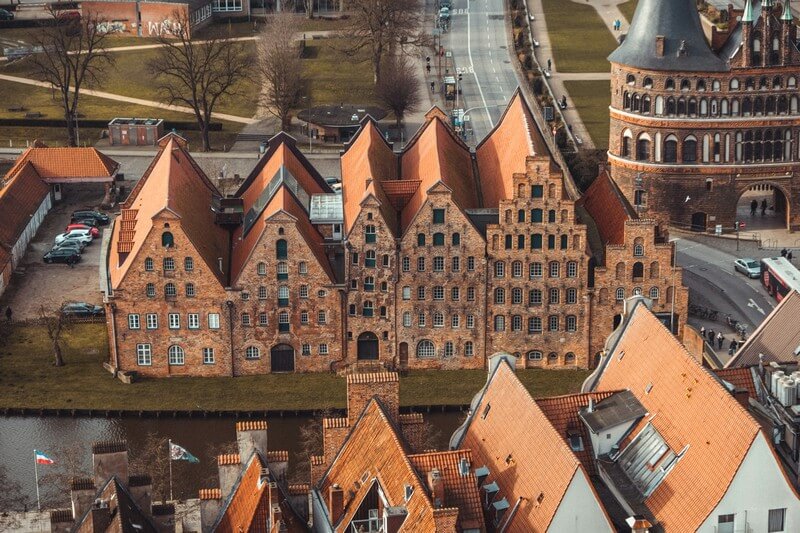
Hotels in LĂĽbeck
It’s not unlikely that you’ll like Lübeck so much that you’ll decide to stay not just for a day, but for the whole weekend.
Then, of course, you’ll also need great accommodation. It’s best to look for a hotel in the old town centre. Because then you’ll never be far from Lübeck’s gems.
As you can see, there are some really great sights in LĂĽbeck that are worth at least a day trip. Which are still missing from this list
Tools & services I recommend for your trip:*
📶 Flexible and affordable mobile Internet worldwide
🚁 My drone for aerial photography
🚗 Find and compare cheap rental cars
🎟 Find and book cool activities
🔒 Secure Internet connection with NordVPN
*Note: These links are affiliate links. If you book through them, I will receive a small commission without it being more expensive for you. A purchase from you via these links helps me to continue offering free content without annoying ads on this website. Thank you for your support! I really appreciate it!

